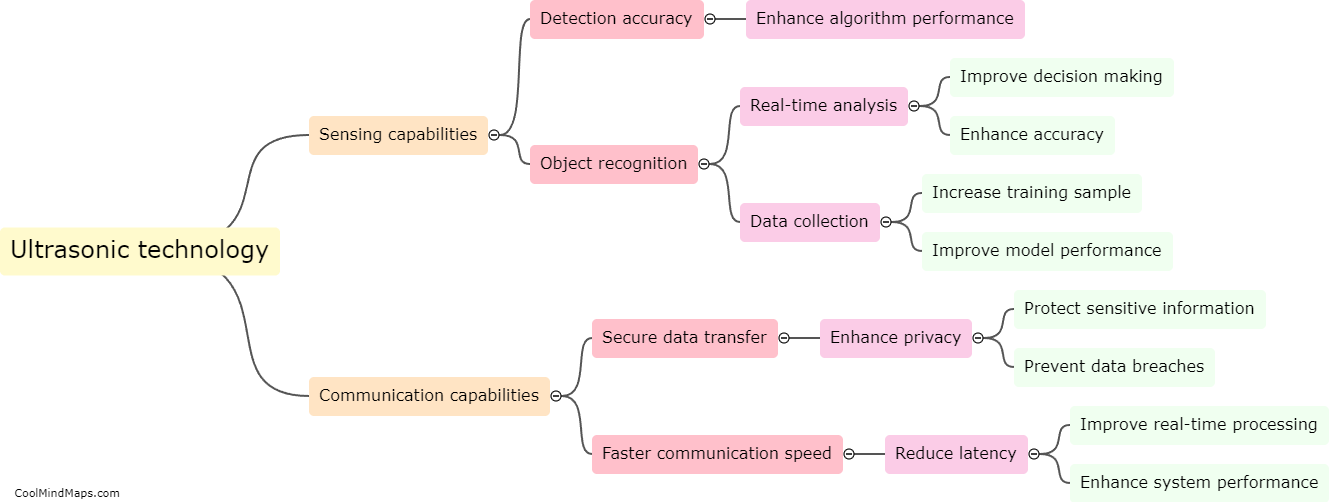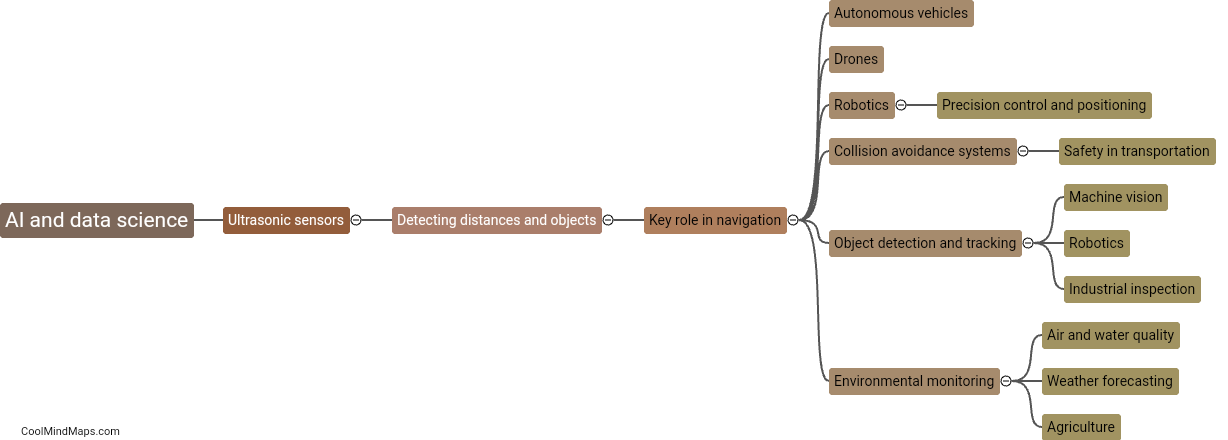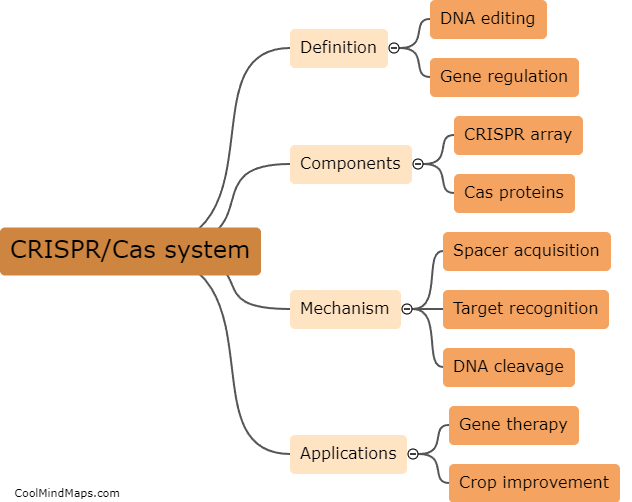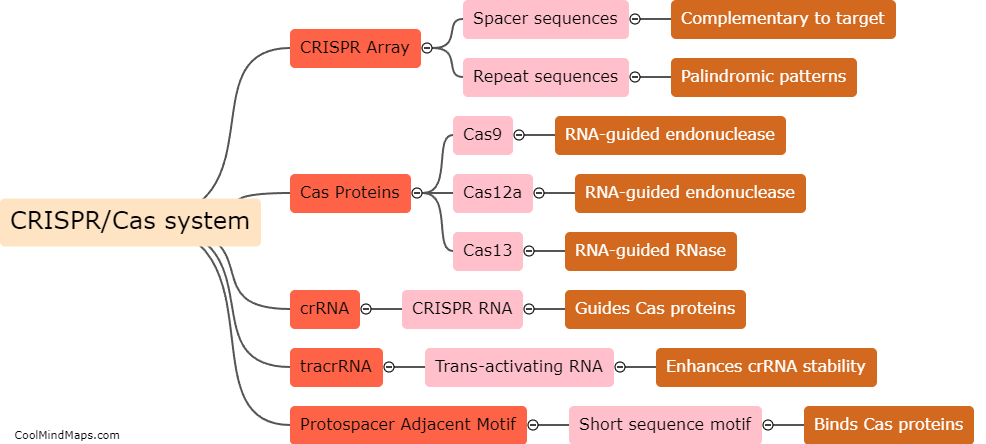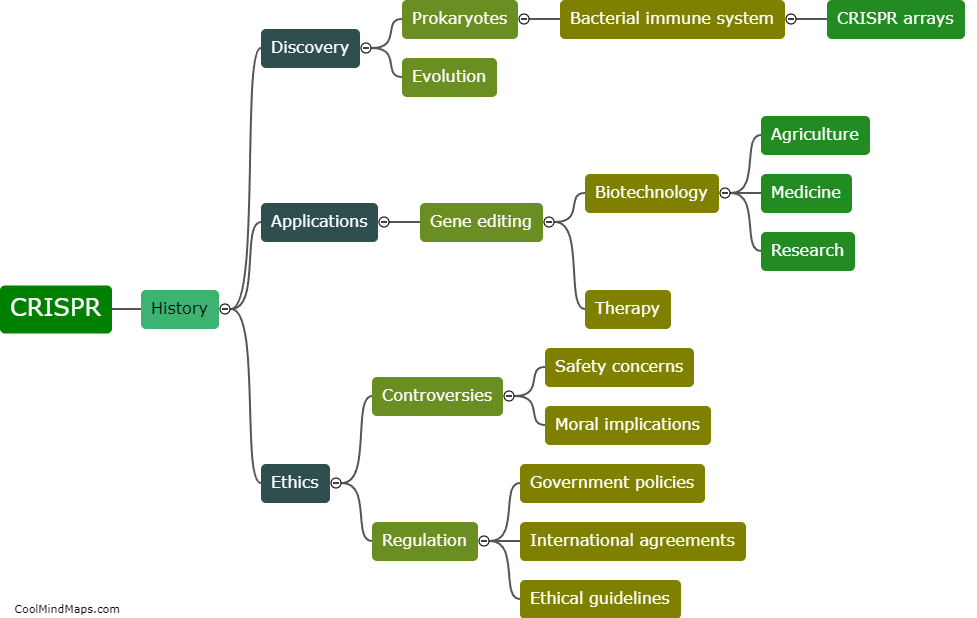How does the CRISPR/Cas system function in bacteria?
The CRISPR/Cas system is a crucial defense mechanism found in bacteria that helps them ward off viral infections. It functions through a two-step process: adaptation and interference. During adaptation, bacteria capture short fragments of viral DNA and incorporate them into their own genetic material as "spacer" sequences within the CRISPR array. This allows the bacteria to remember the viral DNA and recognize it in future encounters. The second step, interference, involves the detection of viral DNA that matches the spacer sequences. The Cas proteins, together with the assistance of the CRISPR RNA (crRNA), bind to and cleave the viral DNA, effectively neutralizing the viral threat. This system acts as an immune memory for bacteria, preserving and passing down information about previous viral infections to protect future generations. The CRISPR/Cas system has also been harnessed by scientists for gene editing purposes due to its precise and programmable nature.

This mind map was published on 8 November 2023 and has been viewed 113 times.





